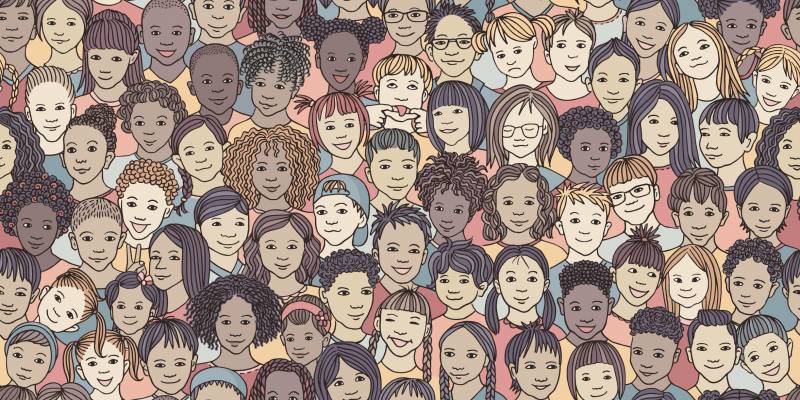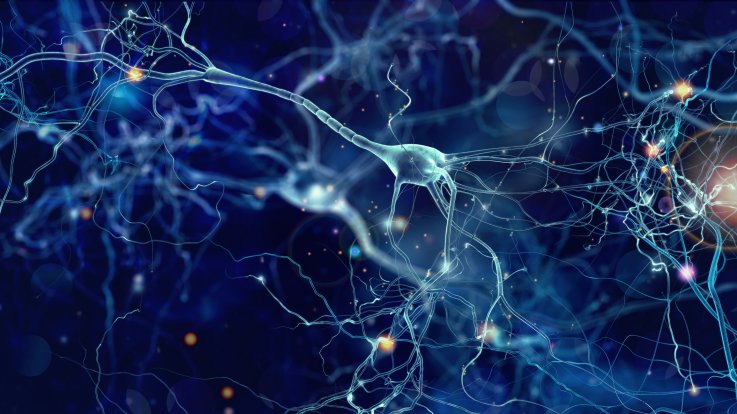This is a two-section Food for Thought. The first is about forming habits that can drive self-regulated learning and relates to our first Principle of Learning. The second part is not educational but again focuses on social media, the press and the world our students will inherit. I found it very interesting because it linked with the pain I am suffering from the victory of Boris Johnson in the UK general election.
Section A:
Let's start with teaching and learning. Our first Principle of Learning is: All learners are capable of achieving their goals in a guided environment where there is an appropriate balance of standards, challenge, and support. As so many of you have joined us in the past six years the history behind our Principles of Learning is that they were crafted by teachers in a series of meetings that defined what learning meant at ISHCMC and what were its key characteristics that they believed were non-negotiables. This provided a focus on learning that was to underpin the creation of the mission and vision. Of course, a lot of things have changed and I'm sure more will change in the next few years so it might be time to review what learning means, etc as ISHCMC moves into a new era.
We are not quite there, half a year to go, hence this section of Food for Thought as this principle has technically been at the center of our discussions over the concept of gradually releasing learning and developing self-regulated learners leading to the point at which these learners are equipped enough to be seen as self-directed. Some of the big questions emerging are when is this most appropriate, what systems and structures need to be in place to ensure it is robust, can it be achieved within and across the IB programs, are our community and owners ready for a major disruption of education, and of course what short term assessments can be used to prove the validity of this transformation from easily assessed knowledge and content to the development and application of learning skills?
So how do we create our self-regulated learners across the school? I believe the answer has to lie in the habits that we embed in our students through their learning toolkits. James Clear has popularized his thinking through his book Atom Habits. Here is a short 8-minute video that provides some good suggestions on how we can develop good habits in our students. Although talking about habit-forming in general I think that his ideas are useful in how we encourage our students to set learning goals. He starts by explaining it is the small steps towards your goal that matter. His advice for success in achieving goals is based around four strands that need to exist, noticing, wanting, doing and liking. He talks about strategies that will put in place these strands
I found more about the thinking of James Clear on the A.J.Juliani site where he talks about learning happening when you stretch but do not overextend the learner

AJJuliani illustrated this ide through his own classroom experience:
"When students came into the room, they were
quick to open up their device, check the do now activity, and get started with
an entrance activity.
Although the activities changed, it was almost
always in the Zone of Automation for my students.
Then there were times when I would put together
a ridiculously hard/challenging test and almost every single one of my students
would be in the Zone of Aggravation. There wasn't
much learning happening here either, just a lot of cramming for something they
would often forget weeks and months later.
The sweet spot happened during design sprints
and project-based learning experiences where students had a manageable level of
difficulty but also an end in sight. Whether they were creating a PSA for a UN
Global Goal or crafting a video with a student half-way around the world, these
activities were in the Zone of Adaptation.
It also happened during the smaller moments of
teaching. A mini-lesson on the dangers of a single story, a class discussion
about the author's purpose, an appeal's day.
The Zone of Adaptation is not about huge
exponential learning gains, it is about small 1% experiences that over time add up to powerful learning and
growth."
In his post, AJ Juliani points out that, "When we look at what research says about becoming better at something, two pieces of evidence stand out.
First, we must have clarity on what our goals are, and where we want to go or what we want to become.
Second, it is deliberate practice (combined with feedback loops) that increase the myelin in our brain and in turn help improve performance and growth.
Today I want to talk about a process that we often miss when we look at learner success. We tend to talk about growth, goals, and instructional practice…yet, we miss a key element of going from “defining a goal” to “achieving a goal” without students."
Part Two: War on Truth
The final section of my last post for 2019 comes on the Boris Johnson's victory in the UK election and my search for the answer to how could this have happened? I'm sure that US citizens will be asking the same question when Donald Trump is re-elected shortly. As I have shared before, there is definitely a sinister side to social media and the role it is playing in creating lies and misconceptions across societies. This is an interesting Al Jazeerah documentary about a journalist in the Philippines and her struggle to counter the lies.
What I found as interesting as the documentary were the comments on the Youtube site. Reading through them it made me wonder where they had come from, and what was their agenda, as it was clear they weren't related to what was being said in the documentary, and if read before watching might dissuade viewers, especially given the negative likes. If you'd like to read the comments and see what I mean here is the Youtube link.
( you will need to be patient with the regular ads but you can skip in 4 seconds)







